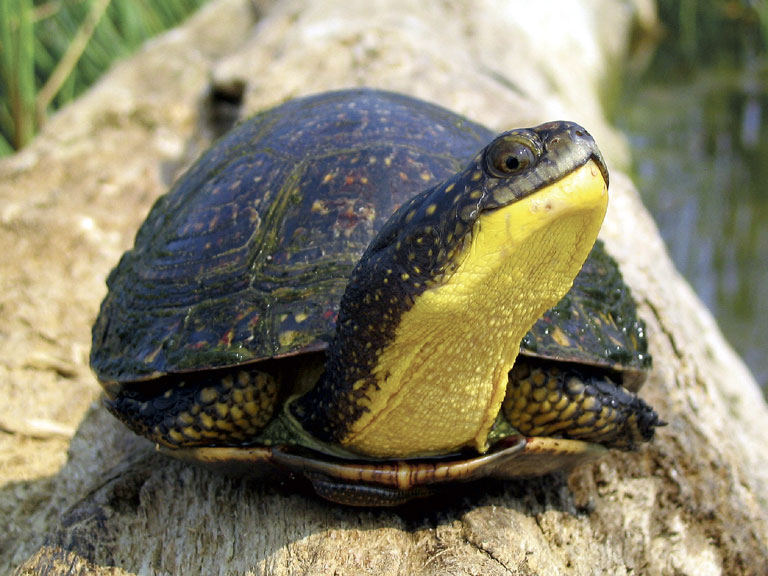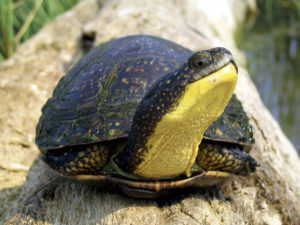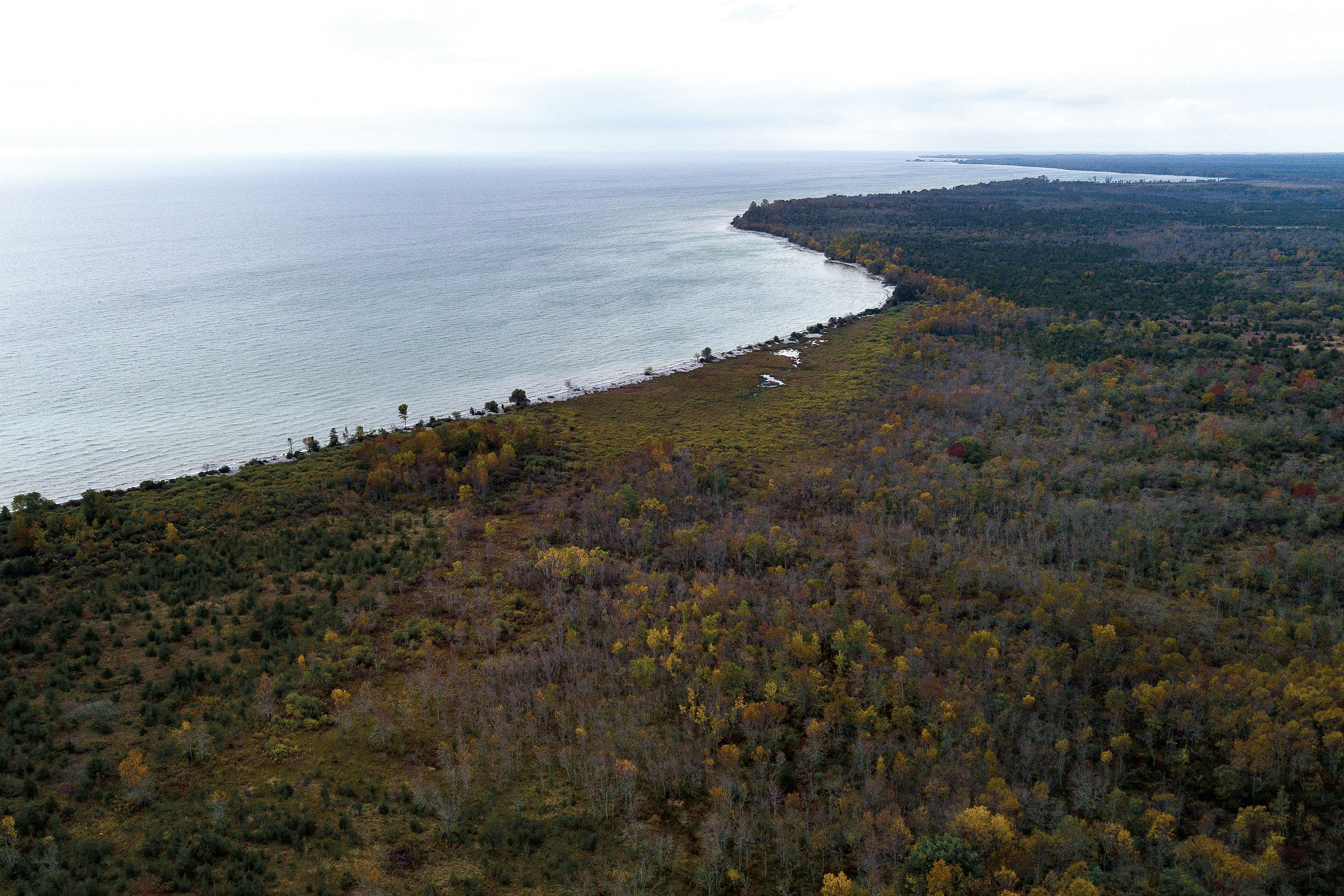County News
Nature’s highways

NCC looking to secure County land
The County has always been an area of significance for biologists and ecoadventurers for its large blocks of intact natural habitat. On Saturday, February 2, The Nature Conservancy of Canada (NCC) used the platform of World Wetlands Day for its launch of a conservation campaign to protect a piece of shoreline and coastal wetland on the South Shore of Prince Edward County. The 135- acre property is located on Ostrander Point and is connected to a chain of other protected areas nearby, including the Prince Edward Point National Wildlife Area, the Miller Family Nature Reserve and the Hudgin-Rose property. According to the NCC, the protection of this property will secure an important linkage for many species in the area. The goal is to raise $1.2 million by the fall of 2019 to secure the land.
Out of the 135 acres, 40 acres are a part of the South Bay Coastal Wetland, which is significant because it connects to Lake Ontario to the west. This rare stretch of wetland provides habitat for turtles (including Blanding’s), frogs, fish and a myriad of migratory birds. The rest of the acreage is also of significance because its habitat is known for a variety of bat species, including the atrisk little brown bat, big brown bat, hoary bat, and the migratory silver-haired and eastern red bat.

A Blanding’s turtle found along the South Shore of the County. PHOTO: RYAN M. BOLTON
The NCC has been working since 1962 to help protect habitats across the country. Its focus is on procuring strategic landscapes that have a lot of value for both bio-diversity and environmental benefits. To date it has protected 2.8 million acres nation-wide and 200,000 acres here in Ontario. It is the NCC’s fear that if left unprotected, the Ostrander Point area could fall victim to some form of development.
Mark Stabb is the Program Director for the Central Ontario-East Region for the NCC and he explains why this area in the County is of such significance.
“We are a wetland nation, and Ontario in particular, is a wetland province with these huge vast tracts in the north and what used to be vast tracts in the south. There’s only a quarter of the wetlands left in southern Ontario now, so any that remain are vitally important. In Prince Edward County alone, one-third of our wetlands have already vanished,” says Stabb.
The reason that the entire 135 acres are needed to be purchased lies in the fact migratory path of birds and amphibians don’t adhere to human borders, and their paths lead through multiple properties, making the proposition complex.
“This campaign stresses the importance of conductivity. Acquiring one property won’t do it in terms of protecting habitat because these natural features cross boundaries, so if we are able to enhance and enlarge existing conserved lands and natural habitat, it’s of great benefit to everyone, including the Blanding turtle,” says Stabb.
The NCC will be looking to the Hasting Prince Edward Land Trust for the same help that was given last time in getting the word out to various groups and helping to raise awareness. They have applied for funding from foundations and are scoping out larger individual donors that may be interested in supporting a project like this. For those philanthropes, Stabb and the NCC hope to reach out to them and present an opportunity for an investment in conservation within the County, supporting a vital area central to the region’s ecosystem.
The NCC also wants to highlight that by securing this land, both humans and wildlife will beneifit. Erosion control, pollution control, groundwater enhancement, climate change buffers and the ability to sequester some carbon pollution in the wetlands are all important to human health.
“Often, we forget the benefits that the wetlands have for people, and that is really what World Wetlands Day is all about. Raising awareness of the importance of these natural features and getting people thinking about ways that they can help, and supporting this cause is a great way for people to directly help their environment,” says Stabb.
The Ostrander Point land and its importance is also gaining international attention through a program called the North American Waterfowl Management Plan (NAWM). The plan is a collaboration between governments and non-government private foundations to support wetlands conservation across the continent. What it leads to typically, is US dollars being invested in Canada to benefit wetlands, because our southern counterparts benefit from the waterfowl and other birds that get produced by Canadian wetlands. The NCC recently acquired a strategic piece of land (the Hudgin-Rose property) important to the Ostrander project, and funds from NAWM were invested in that property because of the benefits to the waterfowl that migrate. Stabb and the NCC hope to have the same potential support from NAWM for this latest campaign.
It’s estimated that 64 per cent of the world’s wetlands have disappeared since 1900. In the last 50 years, the earth’s inland and coastal wetlands have declined by more than a third, which is a rate three times greater than the loss of the planet’s forests. Almost 35 per cent of all rare, threatened and endangered species are dependent on wetlands, and at least half of Canadian indigenous wildlife rely on wetlands for a part of their lifecycle. Our natural beauty and biodiversity is what makes the County a unique destination for travelers, who can explore everything from wetlands to white sand beaches in the same day. Protecting this important piece of land will ensure the migratory paths and nesting areas of birds and amphibians in this area will remain intact. The NCC hopes that this campaign will serve as a beacon to rally support for local environmental issues.
For more information, or to donate please visit the website at www.natureconservancy.ca/donate

A bird’s eye view of Ostrander Point. PHOTO: DAVID COULSON

Comments (0)